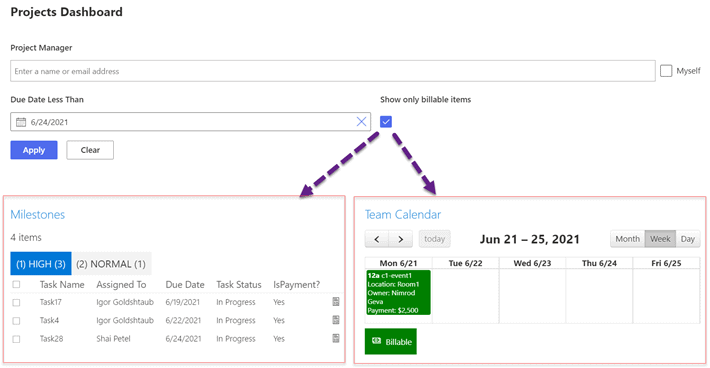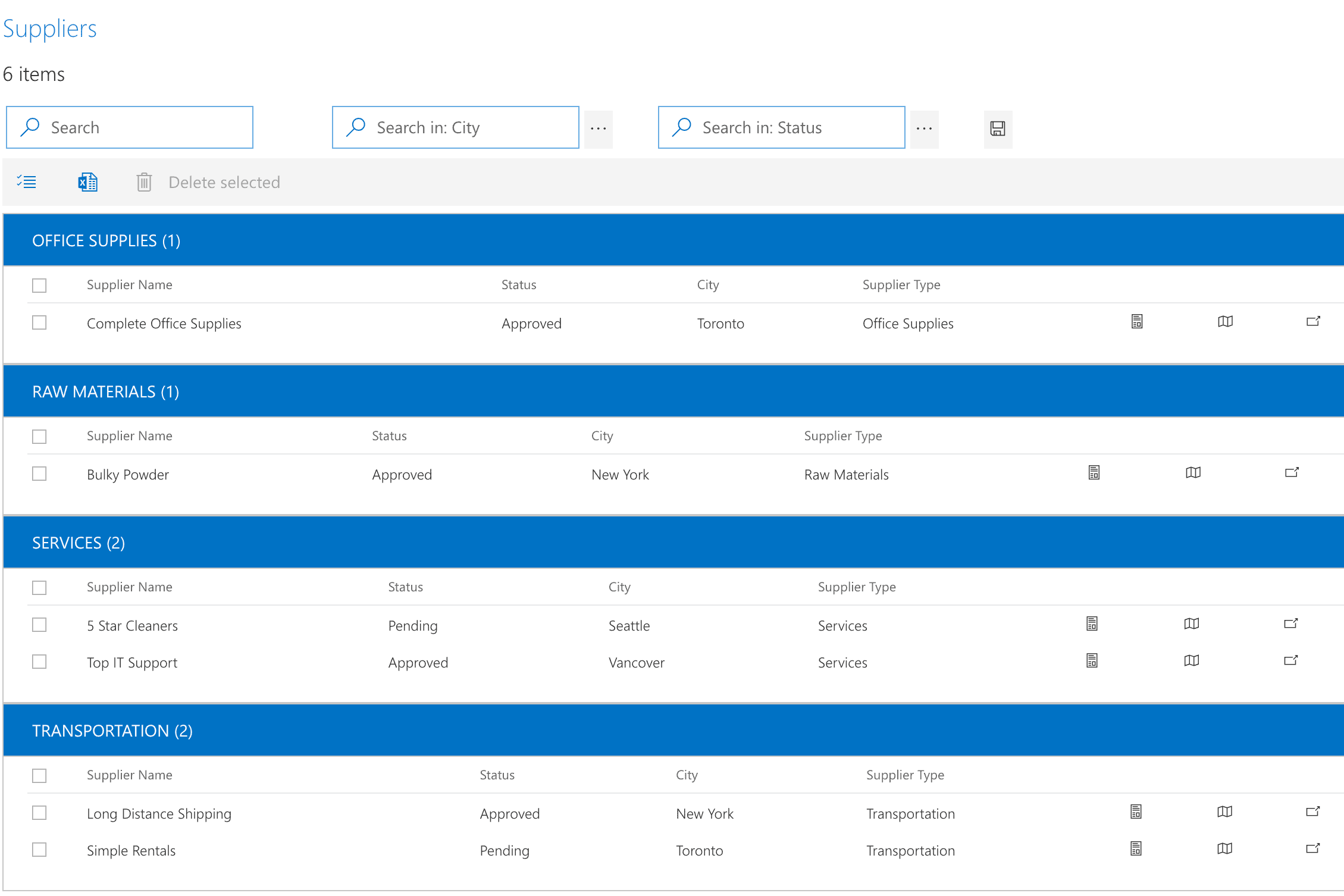SharePoint is one of the most ubiquitous office and enterprise solutions available. Almost every medium to large company or organization uses the platform in one way or another. But despite its widespread use and availability, many people still have this fundamental question in their head: how does SharePoint work, and how do I use it?
That’s where this SharePoint guide comes in. We’ll cover the basics of SharePoint, what it does, and how to use it – even if you’re a complete beginner. Let’s start this SharePoint tutorial by first defining what SharePoint is in the first place.
What is SharePoint?
SharePoint, at its core, is a collaboration and document management platform by Microsoft. However, that definition doesn’t do the tool justice because SharePoint is much more powerful and flexible than that.
The SharePoint platform is often used as a key information infrastructure for many organizations, allowing employees to create and maintain intranets. These internal websites allow easy storage, organization, and sharing of business data without developing the underlying platform. SharePoint also has security, workflow automation, and control access built-in.
An advantage of SharePoint is that it’s tightly integrated with Microsoft 365, Microsoft Cloud, and other Microsoft products like OneDrive. This makes it easy to incorporate the platform into your existing business processes.
What Does SharePoint Do?
The core purpose of SharePoint is to act as a website platform for the internal operations of a business. Therefore, any application that requires rapid sharing of information among teams and employees is a prime candidate for a SharePoint site. For example, accounting departments can use a SharePoint site as the central repository for invoices and financial statements. On the other hand, HR can use it to create a “wiki” site that lists all company policies for everyone to reference.
Aside from sharing capabilities, SharePoint also has powerful document management features. These include document versioning, co-authoring, edit notifications, and access control. The platform also provides metadata that gives additional information about a document without needing to open it.
How to Use SharePoint: Basics for Beginners
Let’s now get into how to use SharePoint. For beginners, here are some of the basic “must-know” tasks to get out of the way:
- Opening SharePoint
Before you can use SharePoint, you need to have a Microsoft 365 business account. First, go to office.com on your browser and log in using this account. Then click on the app launcher on the upper left corner of the screen, cl ick on “All Apps,” and finally “SharePoint.”
ick on “All Apps,” and finally “SharePoint.” - Creating a SharePoint team site
Sites are the basic building blocks in SharePoint. This is where most of your data will be saved and shared. For most teams, this centralized approach helps teams and departments always have easy access to information without having to rely on someone else’s hard drive or computer. You have the option of creating two types of sites: a team site or a communication site. Team sites focus more on collaboration, task management, and file-sharing in a department or project team. On the other hand, communication sites are more visually pleasing websites for company-wide viewings, such as internal announcement boards or forums. For our purposes, let’s go with creating a team site because it’s one you’ll probably use the most. Here are the steps:- On the SharePoint home screen, click on “+ Create Site” to begin the process.
- On the next screen, choose “Team site.”
- Fill in all the details of your team site, including a team name and description. Make sure to describe it as accurately as possible, so people know what the site is for.
- Set the Privacy settings to control who can access your site. Since we’re making this for internal usage, choose the option “Private – members only can access the site.”
- Finally, select the users to give access to your site.
- Click “Finish” to finalize your team site.
- Adding site pages
SharePoint sites also allow you to add pages, just like with an actual website. These pages can include text and images that authorized users on the team site can access. To add a page, go to your team site’s home page, click on “+ New,” and choose “Page.” You’ll see a few templates you can use – click on any one of them to choose. Alternatively, you can opt to start with a blank page. Editing your page is fortunately intuitive. If you’ve ever used web builders like WordPress, it will be similar. You use SharePoint web parts as the building blocks, allowing you to add text, images, links, and other elements to the page. Once you’re happy with your page, click on “Publish” to publish your page for team members to see. Alternatively, if you’re not ready to launch the page just yet, select “Save as draft” instead. - Working with the document library
The document library is the online file system of a SharePoint site. It allows teams to upload, store, and share documents collaboratively. In addition, it has powerful features, such as versioning and a checking system that guarantees that only one person is working on a file at any given time. Here are some of the common tasks you’ll work on in the document library:- Uploading documents
Navigate to the SharePoint home page, then click on the “Upload” menu on the command bar. Finally, click on “Files.” Alternatively, you can also open up the SharePoint site library and drag-and-drop files there. - Opening and editing documents
You can open and edit documents in one of two ways. By default, it will open up a web version of the Office application associated with the file. Or, you can also open it up using a local application by choosing “Edit Document,” then “Edit in [application].” - Copying and moving documents
You can copy or move SharePoint files from one library to another using the “Copy to” or “Move to” command. You can also shift your SharePoint library to Explorer view to drag-and-drop files. If you work in SharePoint On-premises and would like to take your copying/moving list items, documents and pages across your entire farm to the next level, please check out Copy/Move SharePoint Content solution. - Sharing documents
Go to the document on your library that you want to share. Click on the ellipses to open the contextual menu, then choose “Share.” You can decide to share the file with only specific users or open it to anyone in the organization.
- Uploading documents
- Using Columns
Columns help you organize your documents by categorizing them into lists and adding metadata information, thus making them far easier to search, store, and sort later. To create a column, go to your document library menu and click on “+ Add Column.” Next, pick the type and fill out the column heading, then click “Save.”
Tips for Maximizing the SharePoint Platform as a Collaborative Tool
- Maximize the document library
Once a document is in the document library, make sure to only work on it there. Avoid downloading it to your local computer, editing it, then re-uploading it once you’re done. The reason is that team members won’t be able to track changes. Worse, someone else might edit the file while you worked on it, leading to a clash in document versions.
- Don’t create too many subsites
Be wary of having too many subsites. On top of managing the site itself, you also need to worry about the permissions for each subsite and their associated pages, documents, and data. It can be an administrative nightmare.
- Use templates
Templates are prebuilt sites that can be reused. They are a powerful way to configure a SharePoint site once, then apply it to other SharePoint sites in the future. They allow team members to create sites quickly while retaining certain elements (libraries, lists, etc.) and settings. To create templates, go to your SharePoint site and choose “Settings”, then “Site Settings”. Under “Site Actions”, select the “Save site as a template” option. Provide an intuitive name and clear description, then click on OK. To access site templates, go to the site you want to apply the template. Click on “Settings,” then “Site Settings.” Under “Web Designer Galleries,” click on “Solutions” and navigate to your saved template. - Use apps
Apps are extensions that can expand the power and functionality of SharePoint. Having the right app for the right situation can automate parts of your workflow or give you access to innovative features beyond SharePoint’s offerings . The Task app, for example, gives task management functionality to SharePoint sites. Apps are easy to add – simply navigate to the SharePoint site, click on “+ New” and then “App.” Next, browse through the app list, and click on it to install. Finally, to access and use the app, go the “Settings”, then “Site Content,” and you should find the app there. The great thing about apps is that you can get them from third-party providers like KWizCom. We provide everything from form tools to content management tools that give innovative and powerful ways to manage SharePoint data. Check out our apps for Microsoft 365, all available for a free trial.
Do More with KWizCom
Connect with KWizCom to learn more about how we can make SharePoint even better and take it to the next level.
















